
Xenoblade Chronicles: Definitive Edition
Nintendo Switch
Developed by MonolithSoft
Published by Nintendo
Released: 29th May 2020
First and foremost, it’s best to actually give an overview of the original game. Consider this a mini-review within a review. Xenoblade Chronicles, hereby abbreviated to just Xenoblade from here on, is a Wii game that is a standalone entry in a long-running “Xeno” series, including Squaresoft’s Xenogears and Namco’s Xenosaga trilogy. Though initially not planned as such, it was suggested to series writer Tetsuya Takahashi to rebrand it from “Monado: Beginning of the World” into “Xenoblade” in honour of his previous works. Xenoblade was also part of a trifecta of games that Operation Rainfall sought to bring to the west, alongside The Last Story and Pandora’s Tower, which they succeeded in gathering enough attention for localisations to be made. There’s quite a bit more to discuss surrounding the history of the game, but this will suffice for now.
As for the game itself, Xenoblade is a very thorough RPG experience with plenty of mechanics within it to keep any genre veteran with plenty to chew on for tens, if not hundreds of hours. The sheer depth on display might be a bit daunting for newcomers, so if this is your first RPG, you might struggle a bit. There are overwhelming amounts of systems at play, from time specific quests to a massive web of affinities between NPCs that can also dictate whether certain quests can even be started or finished, but this can be seen as either a positive or a negative depending on your outlook. Regardless, the game offers a massive amount of freedom to the player, rarely forcing the story upon you with large areas of free exploration to take on at your own pace. It has a smart way to keep you on the right path too, with high levelled monsters in areas where you really ought not to be in yet, but there are still ways of getting around safely.

The combat has a lot of depth to it too, with a myriad of different status effects and a strong focus on spatial awareness in its real-time battles. You move around and have timed auto-attacks as well as an array of special arts which have differing effects, often based on your position to the enemy. These arts work on a cooldown, so you can’t just spam your overpowered ones with reckless abandon, forcing you to think about your battle strategy and synergy with other AI controlled team members’ own arts. Enemies will aggro onto the party member who engages first, or who it sees or hears first in special cases, which means you need to focus on who should or shouldn’t be on the front lines. For example, it’s probably best that the spell caster with low defence doesn’t grab a monster’s attention, but the mighty wall with high defence is a prime candidate for drawing away attention. Healing is a bit of an issue though, with optional gems you can equip to heal during attacks, arts or during auras you can activate. For a beginner the dedicated healer character seems like the best, or only, method of keeping HP up. Before long though, more options open up and it does eventually become possible to keep monsters in a never ending cycle of being toppled and unable to fight back, so the sky’s the limit with the sheer variety of mechanics at play.
All in all, Xenoblade really does reward players for taking the time to explore and take on quests. Experience is doled out at landmarks and quests often give experience too, so being adventurous can often negate the need to even grind to keep your level up. I maintained a steady quest quota throughout my run and the extra experience kept me going right up until the final boss, so it feels very satisfying to have taken the time to do so and not worry about having to repetitively beat up foes just to make even. Xenoblade was praised at the time of release for not being a stagnant RPG and it still holds up as if it were a brand new game even today.

So that’s what the original game had to offer, what does the Definitive Edition bring to the table? First and foremost is the massive engine overhaul. As previously mentioned, Definitive Edition is now on the engine that powered Xenoblade X and 2, which brings a myriad of improvements even before the new changes. Visuals are a major step up, with various effects the Wii original simply could not pull off, from reflections on surfaces like metal to more dynamic lighting effects. The engine is more stable as a whole too, with much more consistent performance as a whole with very few negligible drops in framerate in places that often brought the Wii original to its knees. And the stairs actually have steps now!
Character detail is a tremendous improvement, where faces originally had so much compression on them that the textures often looked like they melted together but now shine with much more expression than ever before. The user interface has had a massive overhaul, being so much easier to navigate with very little in the way of confusion. A guidance system has been added to replace the original arrow that showed you in the way to go, with a smart path system on the minimap pointing you in the right direction. It can be very easy to confuse it though, as it follows very rigid paths and some deviation from them isn’t immediately registered. A new autorun feature has been included to make longer stretches more manageable too.

The new orchestrated soundtrack is amazing, the music was already good to begin with but having the familiar tracks brought new life with a full orchestra is just stunning. Time Attack mode has been added, similar to the challenge mode from Xenoblade 2’s DLC, with a variety of challenges opening up over the course of the game to be taken on to earn yourself extra gear. By and far the most useful new feature is the Expert Mode. Don’t be fooled by its name, it actually grants you much flexibility with your levels, as it diverts extra experience obtained from landmarks and quests into a pool you can access at any time. You can level up or down your party members at will once it’s activated, effectively curating your own difficulty level as you see fit. At a moment’s notice, you can dump all your extra experience all at once to become a powerhouse, or hold back at lower levels for a greater challenge.
The biggest new element, and a major selling point, is the addition of a brand new epilogue titled “Future Connected”. Taking place one year after the events of the ending, it serves as an extra story to tie up loose ends for one character who didn’t really get a satisfying conclusion in the original, Melia. It’s a relatively trimmed down experience as a whole, cutting back on affinities and skill points, to provide a more condensed and to the point set of systems. Two new Nopon characters, Kino and Nene, have been added to fill in for the missing party members, as only the protagonist Shulk returns alongside Melia, and they mimic two party members to a tee. They’re very amusing, with arts being a shameless mimicry of the original character with amusing names that feel like misheard assumptions. Along the way you can also recruit the Nopon “Ponspecters” by finishing their quests, which add extra passive abilities to battle; even a special attack replacing chain attacks from the base game. It’s a fun extra story that doesn’t feel too long or too short, but be warned that it’s very much not for people who haven’t already cleared the main game; it spoils the ending right away.

With all that said and done, it sounds like a near perfect experience, though there are still drawbacks to consider. The most obvious is the resolution. The game caps at 720p but is often lower than that. A dynamic resolution can drop it to 504p while docked, with a range of 378-540p in handheld mode. These are very low resolutions, and while they don’t actually impact the gameplay in any way, it is jarring to see detail drop in high density moments. Plus, despite the serious visual overhaul, it can still be very clear that this was once a Wii game, with some sharp geometry and less than flattering textures still hidden away in places. Most glaring are the Nopon creatures, as in X and 2 they had fully modelled mouths, but they return to how the original game presented them with animated textures for facial expressions.
Other downsides are more weird quirks than actual negatives though. There is a weird blip in audio whenever a track loops, though only really noticeable when wearing headphones. Movement seems odd too, as you sort of “snap” to what I can guess is 16 cardinal directions when running, instead of full 360 motion. A more serious annoyance is the notification for casual mode, intended for players who are really struggling with the difficulty, this notification can’t be turned off and gets frustrating if you know what you’re doing and are just having a bit of bad luck.

With all that said and done, it is extremely easy to recommend Xenoblade Chronicles: Definitive Edition to any diehard RPG fan looking for a cavernous game to occupy themselves for dozens of hours at the absolute minimum. It is complex, certainly for a beginner to RPGs, so likely not ideal if you haven’t had much experience in the genre yet. While the resolution dips are certainly distracting, I can’t say they utterly ruin the game, but they are something to keep in mind. For Switch owners who only played the sequel back in 2017, this opens up a whole new world to explore and provide additional context to the series lore. It is certainly deserving its praise as one of the best RPGs on the Switch to date and you’re doing yourself a disservice if you haven’t tried it out yet.
Final rating – 4.5 out of 5
Xenoblade Chronicles: Definitive is available now for Nintendo Switch.
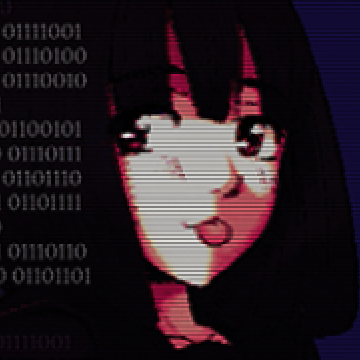
Long time fan of Nintendo and games in general, I always lean on the quirkier and unique sides of things in particular. It all started when I was lucky enough to get a Gameboy Color and Pokemon Yellow for my tenth birthday and it’s been going strong ever since. I’ve always had a need to get my voice heard and share anything I find interesting with the world.


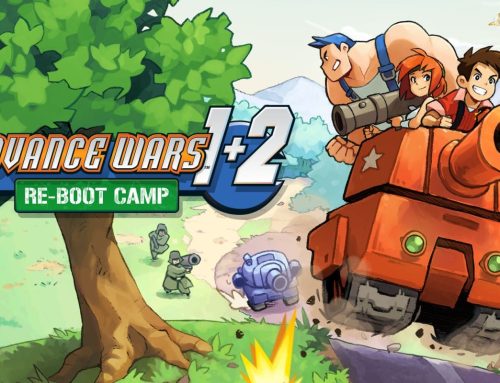
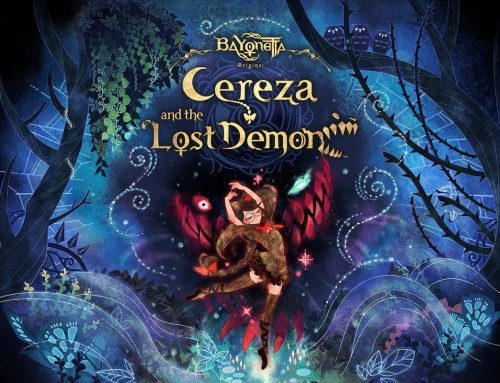
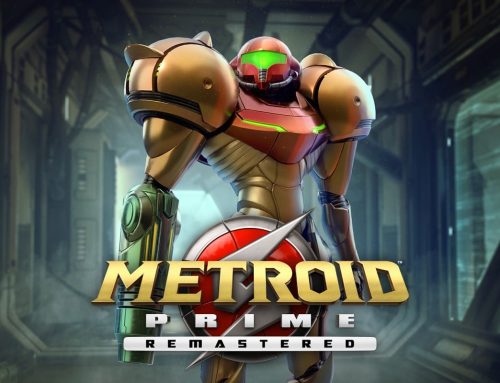
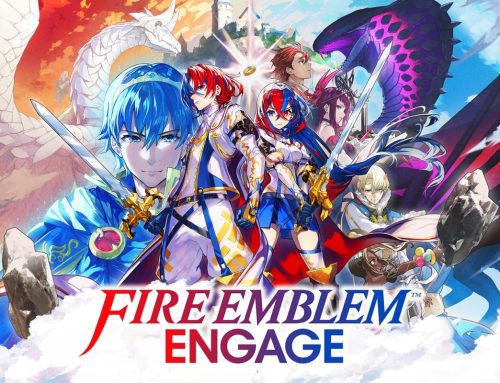
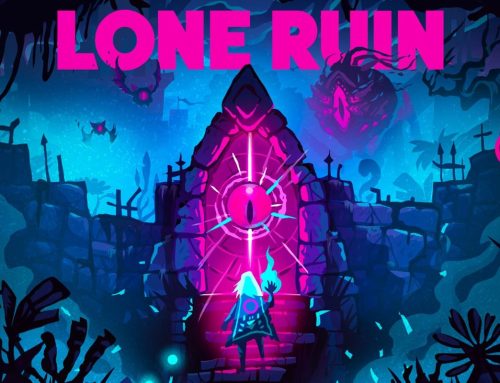

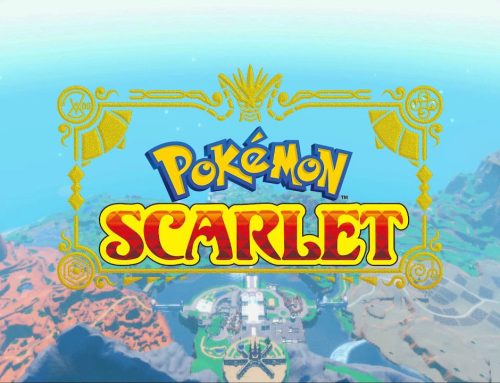
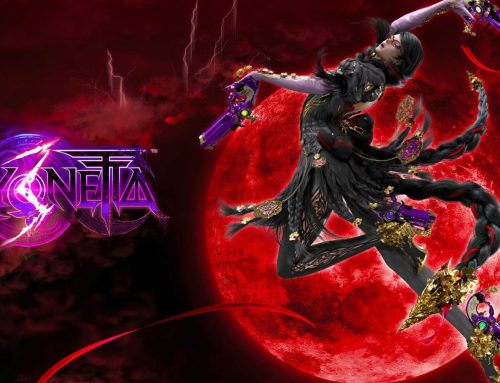
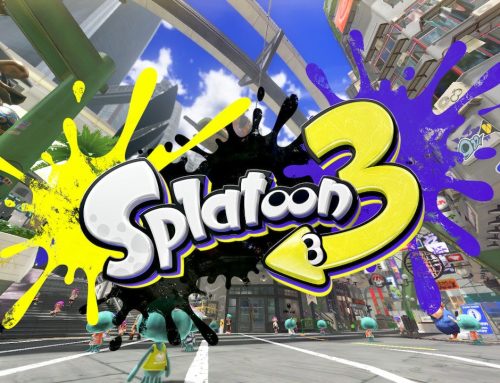

Leave A Comment
You must be logged in to post a comment.